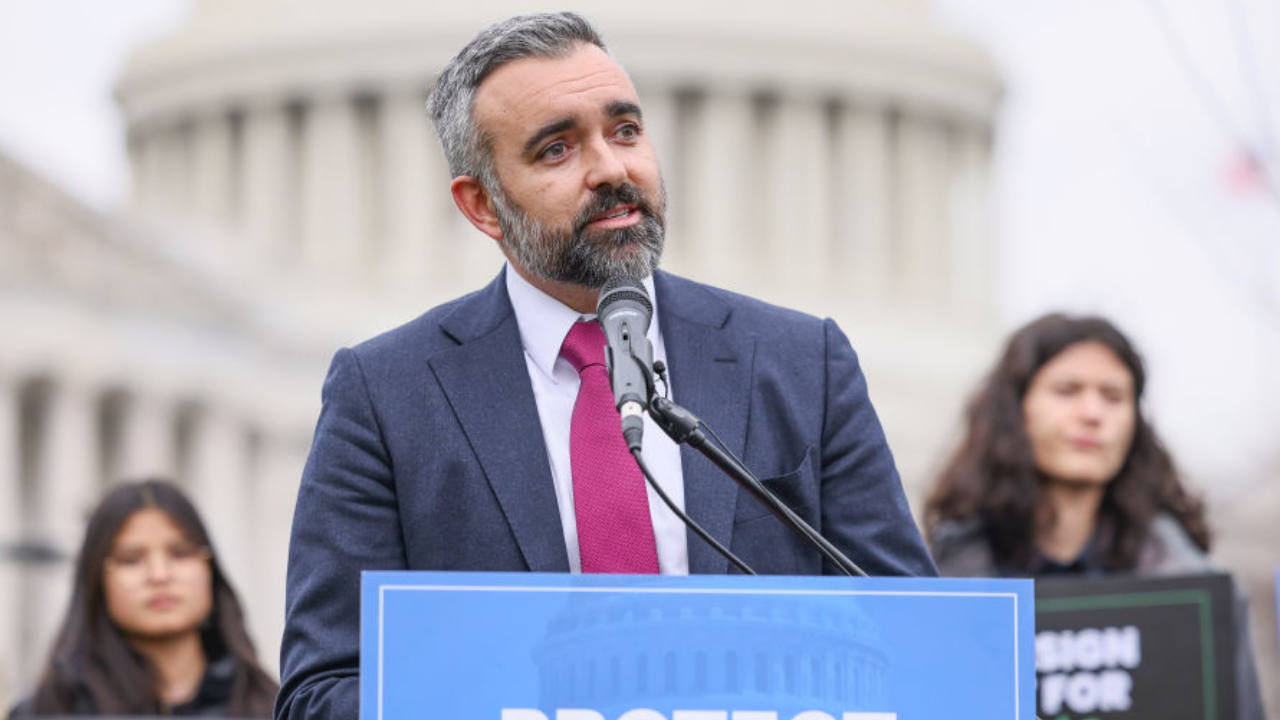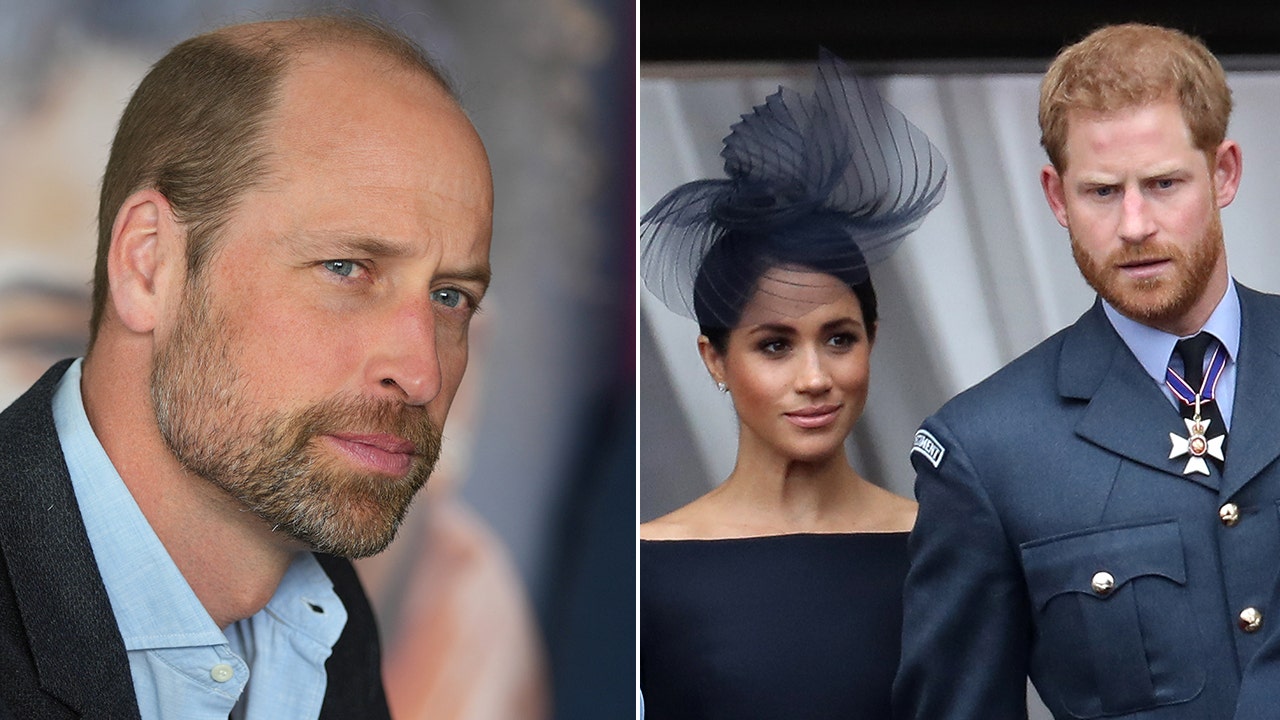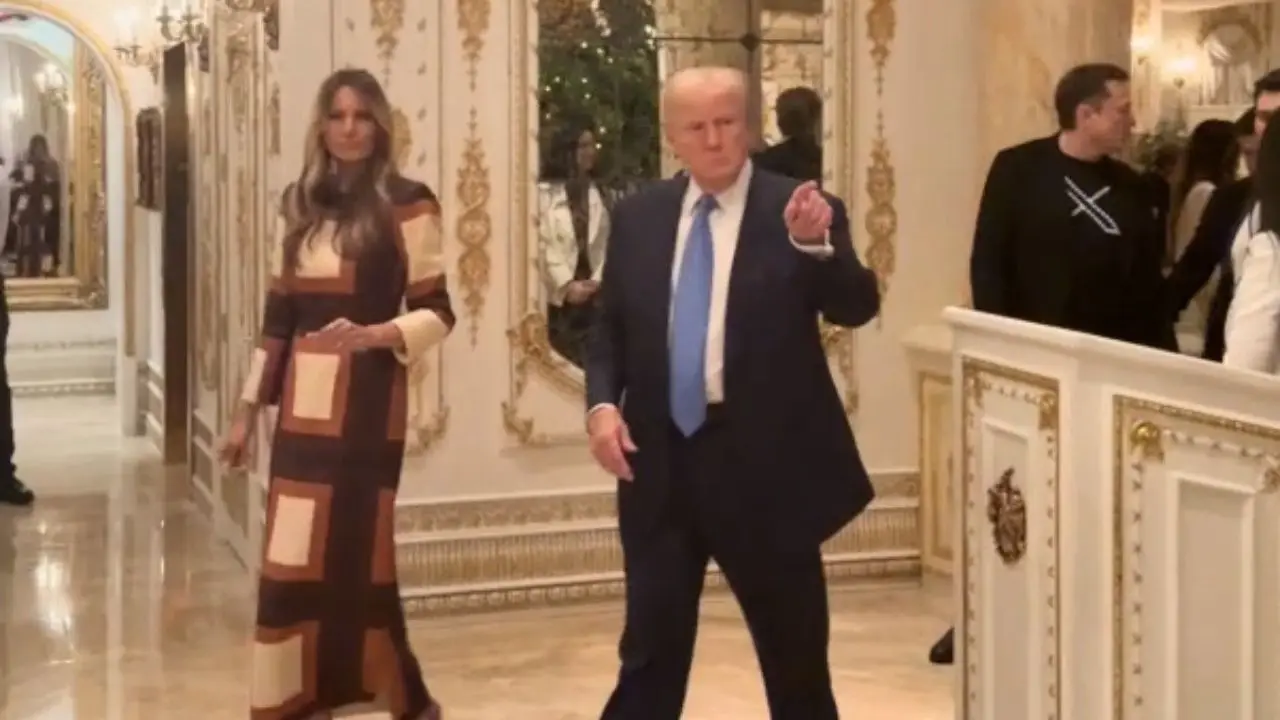With North Korea once again ramping up its nuclear activities, President Donald Trump’s return to the Oval Office has brought hope of renewing progress with the Hermit Kingdom and scaling back its aggression in the Indo-Pacific.
Trump’s first term saw significant progress toward denuclearizing the Korean Peninsula and easing tensions that had soared during the Obama years as Kim Jong Un’s regime made major advancements in its intercontinental ballistic missile (ICBM) program. Trump held two summits with Kim, one in Singapore in 2018 and the other in Hanoi in 2019, and famously became the first U.S. President to cross the Military Demarcation Line at the 38th Parallel.
During those summits, the United States and North Korea confirmed that their negotiators would continue discussions aimed at reaching a nuclear deal. At the time, Pyongyang had drawn down its test launches, which was a major cause of concern for U.S. allies in the region, such as Japan and Australia.
A former high-ranking Japanese official who spoke to me on the condition of anonymity said that Trump laid the groundwork for a solution that was interrupted by Biden’s election in 2020. Many diplomats had previously considered Trump’s successes in dealing with North Korea as a “mission impossible.” Once Trump left the White House, all sides lost faith in the negotiations. “North Korea took advantage of Biden’s weakness,” the official added.
Trump now begins his second term with the specter of a nuclear-armed North Korea looming large once again. In written testimony to a U.S. Senate panel earlier this month, Air Force General Gregory Guillot, the head of U.S. Northern Command, warned that Kim Jong Un’s regime “probably can deliver a nuclear payload to targets throughout North America while minimizing our ability to provide pre-launch warning due to the shortened launch preparation timelines afforded by its solid-propellant design.”
This new design, employed on North Korea’s Hwasong-19 ICBM, allows for launches in a matter of minutes, not hours, giving the U.S. or another target nation far less time to identify the threat and intercept it. The Hwasong-19 might also be capable of delivering multiple warheads, another concern for top military brass.
Experts disagree on whether the North Korean military has the capability to attach nuclear warheads to the Hwasong-19. However, it is certain that the missile can reach anywhere in the United States. Additionally, the fully developed Hwasong-18, now ready for deployment, has a range that can reach some targets on the U.S. mainland.
In a test last November, a Hwasong-19 launched from a mobile launch vehicle flew higher than any previous North Korean missile, reaching more than 4,000 miles into the atmosphere before splashing down in the sea between Russia and Japan. Japanese Minister of Defense Gen Nakatani confirmed that the test was “the longest flight recorded for a missile fired by North Korea.”
“Longer flight time means more extended flight range,” said Yang Uk, a Seoul-based Asan Institute for Policy Studies research fellow. The defense specialist added that the missile could hit targets with larger payloads than older North Korean missiles or even deploy multiple payloads. Capitals across the Indo-Pacific, from Seoul to Canberra, Tokyo, and Delhi, closely monitored what could become a grave new threat, as highlighted in widely circulated North Korean media footage.
“The new-type ICBM proved before the world that the hegemonic position we have secured in the development and manufacture of nuclear delivery means of the same kind is absolutely irreversible,” Kim said while overseeing the launch, according to state news agency KCNA.
Two government officials in the Indo-Pacific told me under the condition of anonymity that, in the face of this new threat, President Trump’s challenge may be even greater than it was during his first term, noting that Russia now also exerts influence in Pyongyang.
These officials said that North Korea may have achieved recent technological milestones in missile development thanks to Russian assistance. “This clearly explains the sudden breakthrough,” they said, adding that Kim shouldn’t have been given access to such technology.
But North Korea’s growing partnership with Russia may also be creating some weaknesses that Trump and the United States can exploit. Pyongyang has notably sent more than 12,000 troops to support Russia’s war effort in Ukraine. In January, a South Korean lawmaker briefed by the country’s spy agency said that North Korean casualties have likely exceeded 3,000, including about 300 deaths and 2,700 injuries.
Evidence has also surfaced indicating that Pyongyang used deception to recruit its soldiers for the war. During questioning by the Security Service of Ukraine, one soldier stated that he believed he was going for training rather than to fight against Ukraine. Another soldier mentioned that he expected to be fighting the South Korean army.
North Korean soldiers often lack sufficient ammunition and are forced to walk through minefields. In videos shared on the Chinese social media platform Weibo, some soldiers have discouraged fellow compatriots from serving in Ukraine. In recent months, sources in Seoul have reported a decline in morale among North Koreans affected by the war, particularly those who have lost loved ones or seen them injured.
Domestic backlash to the use of North Korean soldiers as cannon fodder may present an opportunity for Trump to exert pressure on North Korea to come back to the negotiating table. Though the North Korean populace likely has little idea of the reality of the war, the regime is unable to hide it when sons, husbands, and brothers do not return home from combat.
A South Korean official told me that Kim’s recent surprise visit to a family mausoleum and his pledge to continue the “sacred struggle” for prosperity and security may suggest that the “embattled leader is sensing a crisis on the horizon.”
“He knows that Putin can’t help him,” the official stated. However, “Trump could offer a solution that Kim may be willing to accept this time.”
Ben Solis is the pen name of an international affairs journalist, historian, and researcher.
Read the full article here










